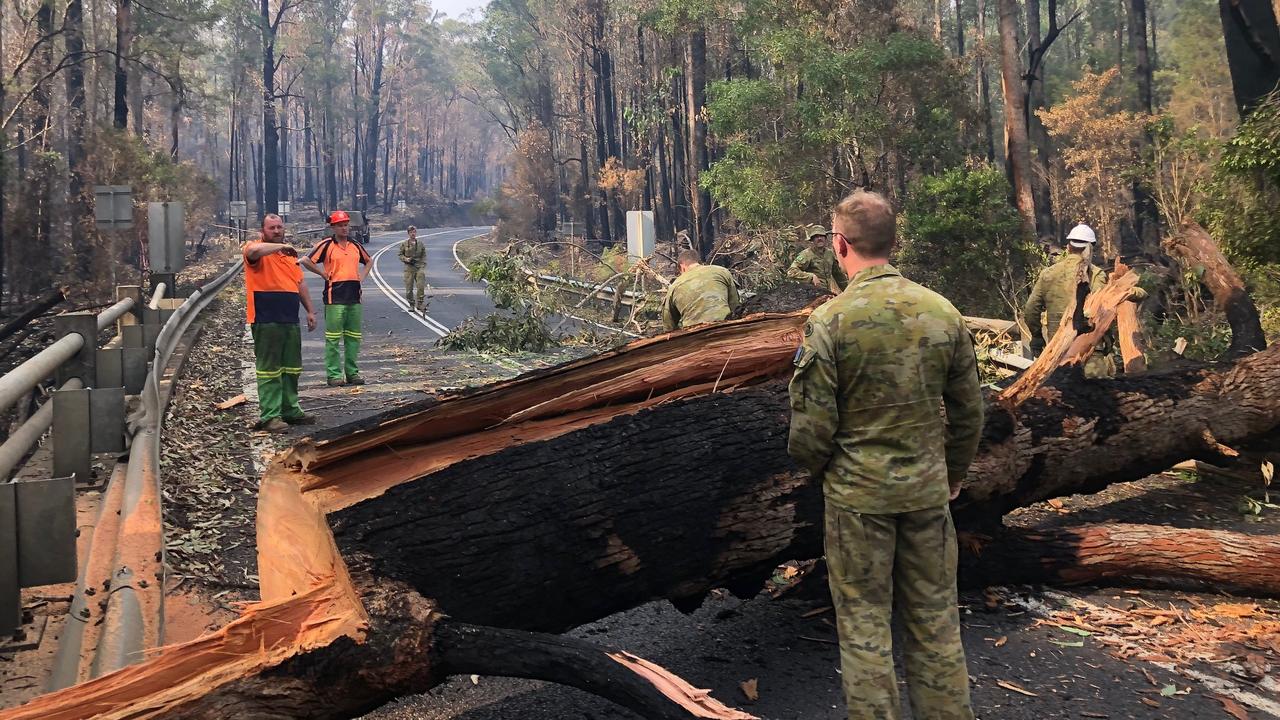‘Perceived tension’ around ADF being deployed domestically, Cyclone Tracy special report finds
While the tragedy of Cyclone Tracy provided the ADF a blueprint in how to deliver effective disaster relief, a new report notes a “perceived tension” lingers around the issue of deploying troops in a domestic context.

News
Don't miss out on the headlines from News. Followed categories will be added to My News.
While the tragedy of Cyclone Tracy provided the ADF a blueprint in how to deliver effective disaster relief, a new report notes a “perceived tension” continues to linger around the topic of deploying troops in a domestic context.
In the days leading up to the 50th anniversary of one of Australia’s most catastrophic natural disasters, the Australian Strategic Policy Institute released its special report ‘Cyclone Tracy: 50 years on’.
Charles Darwin University’s Dr Miranda Booth contributed to the report, discussing the ADF’s significant contribution in salvaging the cyclone-stricken city.

Dr Booth acknowledged the “almost immediate” response by the ADF in the wake of the disaster, as well as the efficient evacuation of more than 35,000 residents in the days following the turmoil.
Dr Booth also noted the ADF had continued to play a pivotal role in response to natural disasters since Cyclone Tracy, particularly in the past decade, claiming the ADF’s “unique capabilities” across sealift, airlift, logistics and engineering had made defence personnel an attractive option in “reducing strain” on community resources.
However, Dr Booth noted relying on the ADF as a domestic-disaster alternative had sparked disagreement.
“The increased frequency and scale of military assistance after recent domestic disasters has likewise been accompanied by intense domestic political debate about the appropriate role, extent and sustainability of ADF support for disaster relief,” Dr Booth writes.

Dr Booth said the debate was “multifaceted”.
“(The debate) broadly centres on the question of how Australia can navigate a perceived tension between ad hoc demand for more frequent domestic disaster relief at a greater scale and duration, particularly in response to climate change related disasters, and the enduring demand to defend Australia and its national interests in a more volatile geopolitical environment,” Dr Booth writes.
“Proponents have suggested a dedicated disaster relief unit within Defence that can be deployed throughout Australia and the region.”

Dr Booth’s assertion comes after a Senate Committee in August, chaired by Tasmanian Senator Jacqui Lambie, found the ADF should be the “last resort” in responding to natural disasters, after defence personnel were deployed for consecutive years in response to floods and bushfires.
Further, more than 19,000 troops were deployed on Operation Covid-19 Assist between March, 2020 and October, 2022, with defence personnel posted to state borders to help state services monitor human movement, as well as hotels and facilities designated as quarantine locations.
The heavy reliance on deploying defence personnel on domestic operations coincided with the ADF entering a retention crisis, with the organisation revealing it was thousands of personnel short.
In a bid to curb the rising discharge rate the ADF rolled out a retention bonus scheme, offering members up to $50,000 to sign on for another three years of service.
More Coverage
Originally published as ‘Perceived tension’ around ADF being deployed domestically, Cyclone Tracy special report finds









